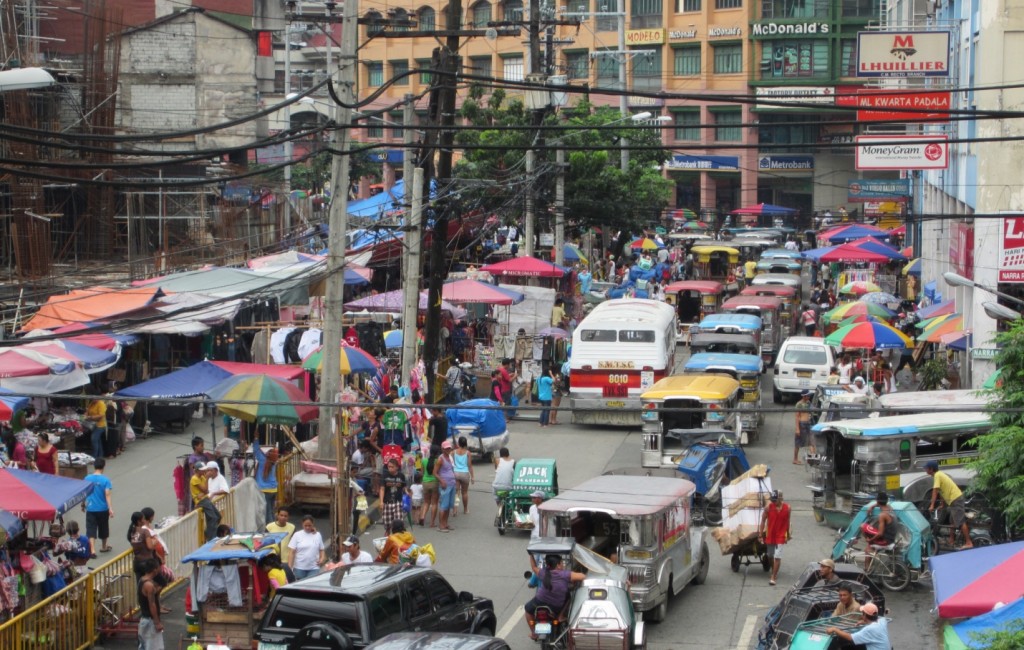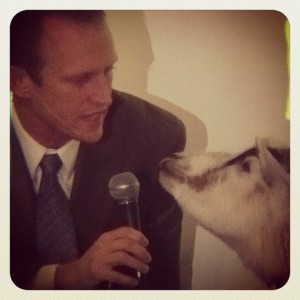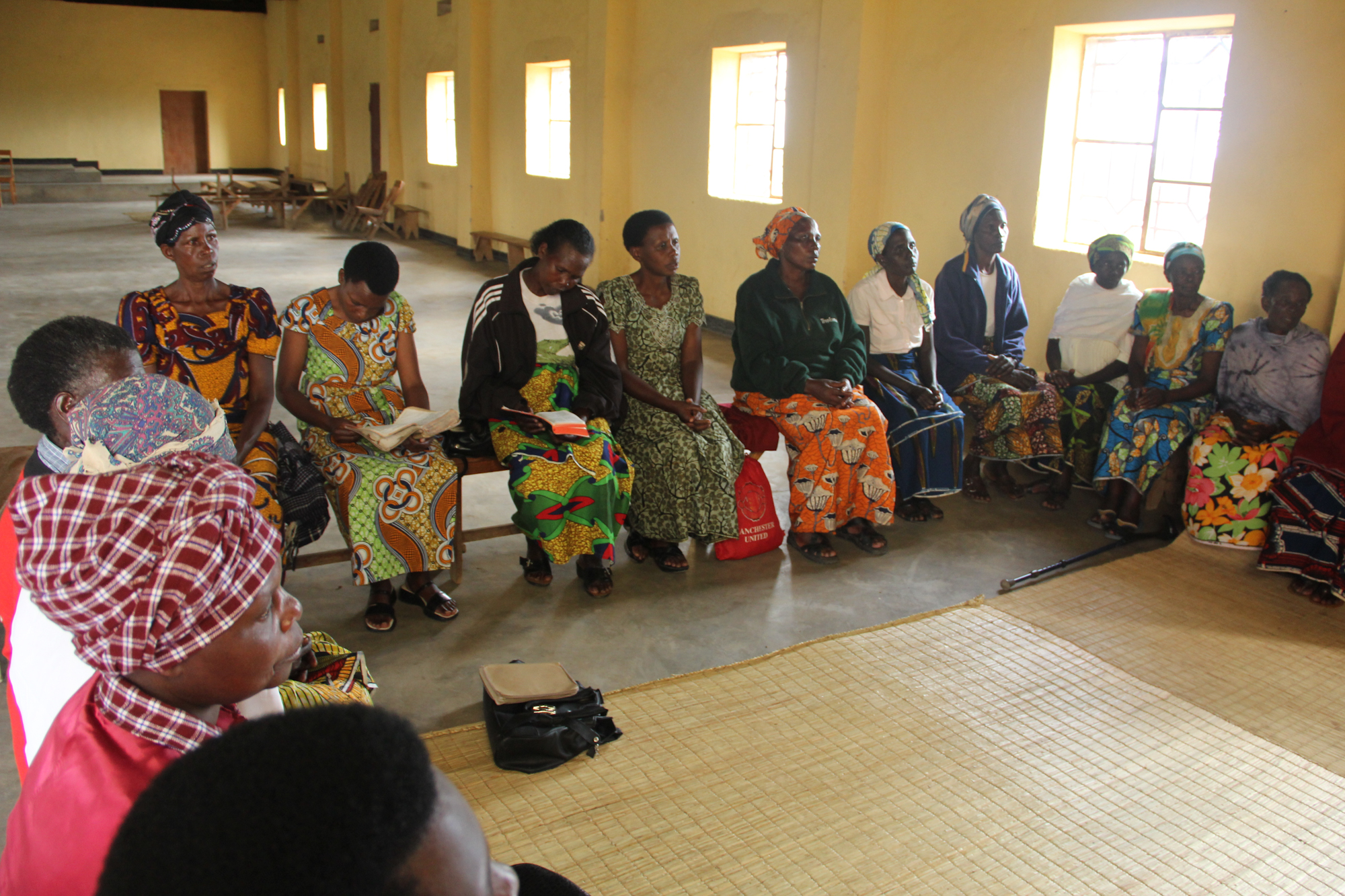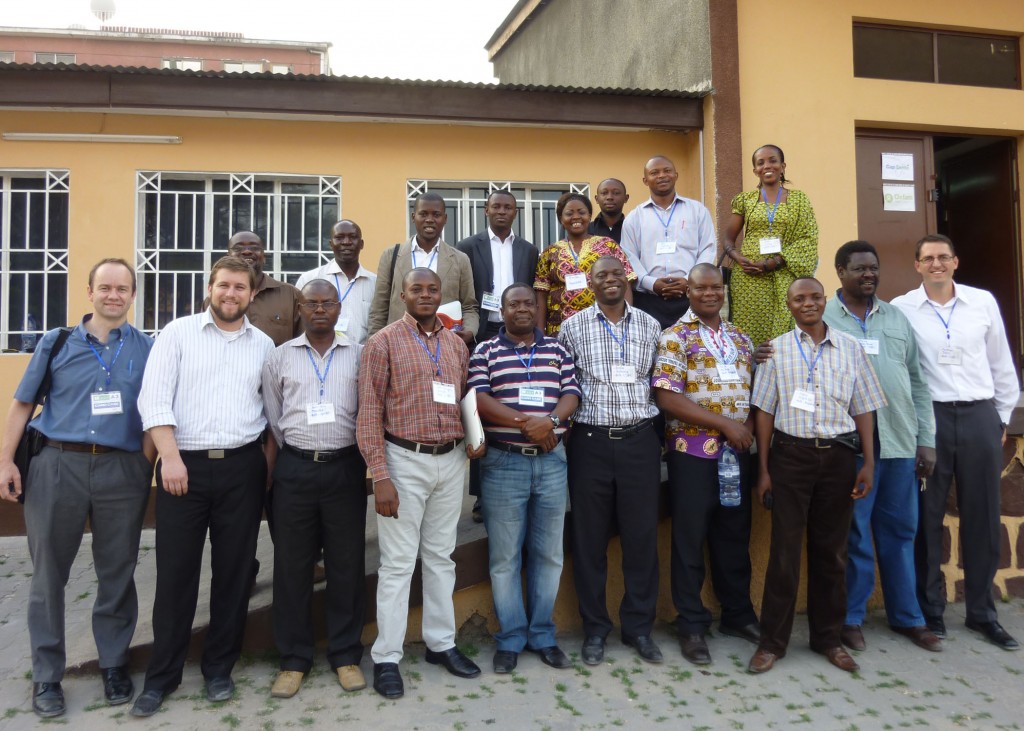After working with HOPE’s team for nearly four years, I can’t help but notice a few consistent themes with our staff, and I thought you might find them interesting!
1. We all have a HOPE love story. Just like people share stories of how they met their spouses, most of us can pinpoint the moment we first heard about HOPE and mildly gush over the details of coming on staff. Whether we used to be bankers, pastors, educators, or missionaries, HOPE is an important part of our story.
2. We love competition. Whether it’s a Christmas decoration contest, a simple team-building exercise, or building the largest church-based savings program, it’s clear HOPE staff love to compete. We’re internally driven to do our best and excel.
3. We pray and grow closer to Christ together. Throughout the day and especially at 3 p.m. every day, our staff meets to read the Word and pray. We lift up our clients, donors, and staff, and we ask God to guide us and move in our hearts. Through so many interactions with people who know and love the Lord deeply, I have personally grown closer to Christ. Continue Reading…



















